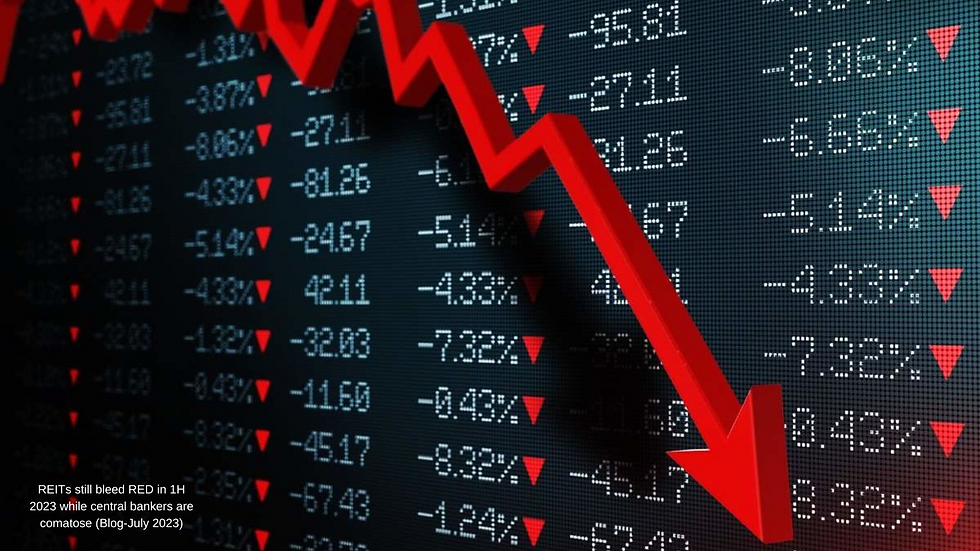PRESCIENT TIMING – THE OLD & STABLE IS STILL BETTER FOR MY INVESTMENTS
- by Gabriel Yap

- Nov 19, 2017
- 3 min read
05/2017-
I get asked a lot in my public talks, the most recent for Maybank Kim Eng clients who packed the 180-pax SGX Auditorium earlier this month, on start-ups and small-caps stocks. However, one that truly remains in my portfolio for the past decade has been the venerable Jardine group.

It is amazing that Jardine has recently celebrated its 20th year of listing on SGX, but no brokers cover the company in detail.
20 years later, I must say that my first love with this unloved group still remains – Jardine operates a wide selection of businesses in property, trading, insurance, retailing, consumer, hospitality, construction and engineering. Its various businesses have actually put the group in a steadfast position and helped it weather not 20 years, but actually 2 centuries of wars, natural disasters, political handovers and what not. It is I would say a true blue-chip that has been “blue-black” from political hard knocks and risen again and again.
The other love I have on the group remains – it is positioned well to benefit steady growth from North China and South-East Asia, a geographical area that I personally believe will outperform in the current century. This region continues to be ill-understood by many foreign fund managers as the stock gets smashed down to unearthly prices whenever “Emerging Markets” suffer. Many have continued to buy the fact that China is inherently unstable when the real fact is that it will probably exceed the USA to emerge as the world’s No 1 GDP nation come 2030.
The group was founded in 1832 by two Scots – William Jardine and James Matheson, hence the name Jardine Matheson.
20 years later, I continue to find it intriguing that the Jardine group remains cold and non-entertainment of the media and broking coverage. Could it have been the group’s tumultuous past? Jardine, then known as one of Hong Kong’s big Hongs or trading houses, had persuaded the British government then to wage the Opium War which resulted in the ceding of Hong Kong from China to the British for 100 years.
Or could it have been due to the Keswick family, decendants of the Jardines, backing certain political reforms against China in the run-up to the HK handover in1997.
Whatever, the Keswick saw it fit to delist the whole Jardine Group comprising Jardine Matheson, Jardine Strategic, Dairy Farm, Mandarine Oriental and Hong Kong Land from HKSE and re-list on SGX in1995.

Thus, 1995 presented its first opportunity for Singapore investors to get in big on the group.
However, like anything complicated and faced with numerous cross-holdings to analyse (might I say that it may look confusing to even season investors), the group’s share price was totally lackadaisical for its first 8 years on SGX.
It wasn’t until 2003 when the share prices started to stage a move up. I was lucky to entrench my investment positions in Jardine Matheson and Jardine Strategic in 2000 – 2003, reinvesting my capital gains from riding out the Asian Financial Crisis in 1998.
When the share prices finally moved, they moved with a vengeance – JM and JS have moved up from US$6 to US$65 and US$5 to $42 respectively in the past 14 years.

It was a long wait, but it was a well-worth wait. I still hold on to my shares, but like in any winning positions, I occasionally muse that I should have sold my houses and bought more of them way back in 2000 – 2003.
That’s life.




Comments